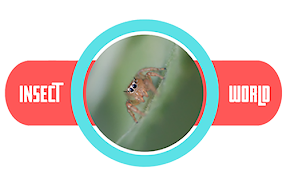 | |
Wasps are a diverse group of insects belonging to the order Hymenoptera, which also includes bees and ants. There are thousands of species of wasps, and they can be broadly classified into two main groups: social wasps and solitary wasps. Here's a general overview of wasps:
1. Physical Characteristics:
Body Structure: Wasps typically have a slender body with a narrow waist (petiole) connecting the thorax and abdomen.
Coloration: Their coloration varies widely, including shades of black, brown, yellow, and metallic hues.
2. Social Structure:
Social Wasps: Some species of wasps, such as yellowjackets, hornets, and paper wasps, are social insects that live in colonies. These colonies consist of a queen, workers, and males.
Solitary Wasps: Many species of wasps are solitary, meaning they do not form large colonies. Each female typically builds her own nest, lays eggs, and provisions the nest with food for her offspring.
3. Nest Construction:
Paper Nests: Social wasps, like paper wasps and yellowjackets, often construct nests made from a paper-like material. They create this substance by chewing wood fibers and mixing them with saliva.
Burrows or Individual Cells: Solitary wasps may build nests in the ground, in wood, or use existing cavities. Each individual cell within the nest contains an egg and provisions for the developing larva.
4. Diet:
Predatory: Wasps are primarily predators and feed on a variety of insects and other invertebrates. They play a crucial role in controlling pest populations.
Adult Nutrition: Adult wasps often feed on nectar from flowers, contributing to pollination.
5. Defense Mechanisms:
Stingers: Many wasps are equipped with a stinger, which they use for self-defense. Unlike honeybees, some wasps can sting multiple times.
6. Life Cycle:
Egg, Larva, Pupa: The life cycle of a wasp typically includes egg, larval, pupal, and adult stages.
Metamorphosis: Wasps undergo complete metamorphosis, meaning the larval form looks quite different from the adult.
It's important to note that the behavior, appearance, and ecology of wasps can vary widely among different species. Some wasps are beneficial for ecosystem balance, while others may be considered pests. If you have a specific type of wasp in mind, providing more details would allow for a more tailored description.

0 Comments